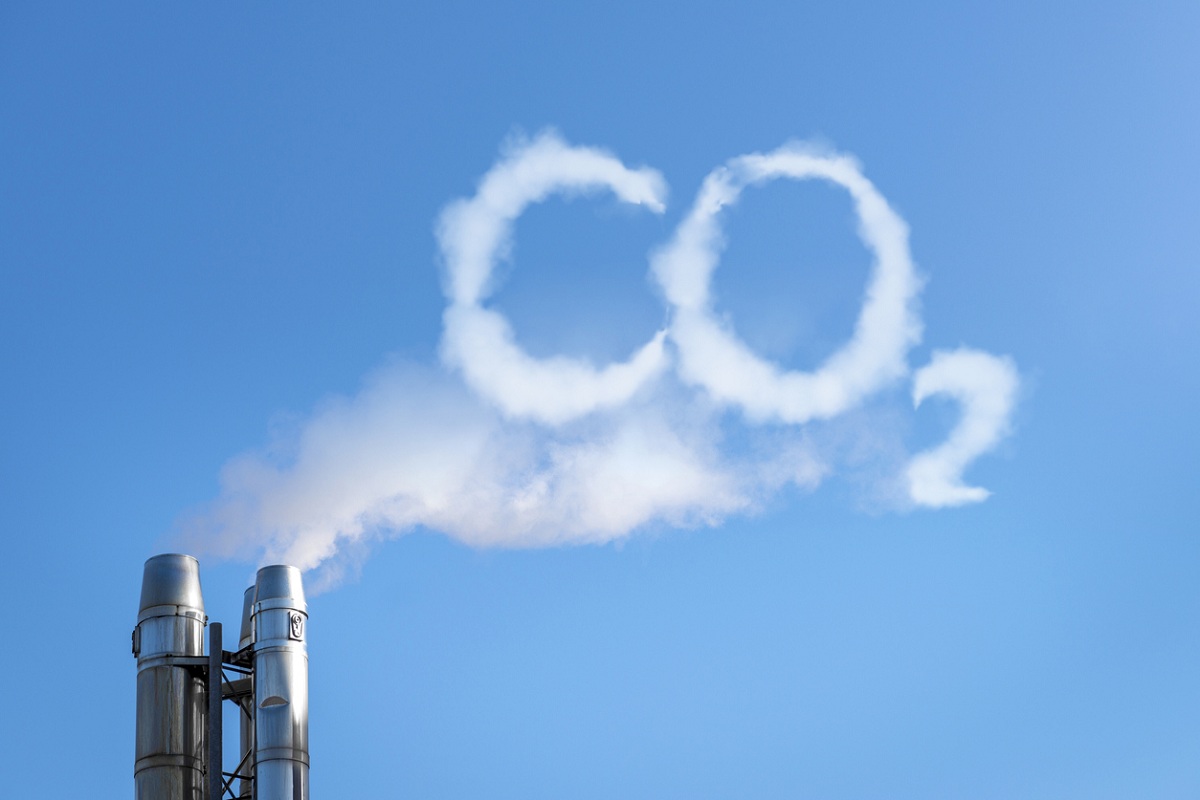Net zero commitment on a credible action pathway
All these activities emit heat-trapping carbon dioxide into the air. Cattle, rice fields, landfills, and fossil fuel operations release methane—a more potent source.
Amid growth in population, emission levels are increasing due to production of energy-intensive products, use of road transport, and rise in agricultural and industrial activities.

(Representational Image: iStock)
Fossil fuels, generated from coal, natural gas, or petroleum-based sources, have been a major part of the global economy since decades. However, due to increasing demand and rising combustion of fossil fuels, carbon dioxide emission levels have increased significantly.
Amid growth in population, emission levels are increasing due to production of energy-intensive products, use of road transport, and the rise in agricultural and industrial activities. The current technologies are less efficient and release unwanted byproducts, causing more damage to the environment. The carbon dioxide released from such energy-intensive processes tends to accumulate in the atmosphere irreversibly.
To address the situation, there is a growing shift toward implementing technologies with lower carbon dioxide emission level, and carbon capture, storage, and conversion. Different industries, researchers, and academicians are focusing on value-added carbon management.
Advertisement
Carbon capture, utilization, and storage (CCUS) cover various ways to store and convert carbon dioxide into valuable products to bring carbon dioxide back in the sustainability loop. Integration of such technologies facilitates operational flexibility and paves the way for circular economy—the captured carbon dioxide can either be used to generate value-added products or utilized as feedstock. Of the multiple carbon capture technologies developed so far, direct air capture (DAC) is popular.
This emerging technology entails capturing carbon dioxide directly from the environment through chemical separation processes and sending the remaining air back into the environment. One of the companies in Canada has implemented this technology in a closed chemical loop, claiming that it can capture atmospheric carbon dioxide for USD100/ton of total the carbon dioxide present.
A Switzerland-based company has established its commercial plant from where it supplies 900 tons of captured carbon dioxide to neighbouring greenhouses for vegetables. Likewise, multiple companies across the globe are stepping forward and applying this technology to reduce the carbon content. The fossil fuel industry is leaning toward DAC as it can be employed in the Enhanced Oil Recovery (EOR) process. Other technologies under research currently include pre-combustion capture, post-combustion capture, and chemical looping combustion (CLC).
Prospects for carbon utilization technology are promising, given its potential in mitigating the carbon footprint. Attracted to this, government, as well as non-government entities, are actively funding it or coming up with favourable policies to encourage its development.
With regard to specific sectors, the cement and concrete industry relies on captured carbon dioxide utilization. A US-based company directly utilizes the carbon dioxide from flue gas—it is mineralized at an ambient temperature and pressure to produce concrete with a lower carbon footprint. Another company based in the US uses artificial intelligence, curing concrete using carbon dioxide instead of water. As the gas is sequestered into concrete during the manufacturing process, it cuts down on the emission of carbon dioxide.
Fuels and gases, certain chemicals, and polymers have a roughly similar process for the production of carbon-based products, utilizing captured carbon dioxide as a part of the feed.
Carbon dioxide is a major source of carbon for carbohydrates and organic chemicals. Many processes have been developed to produce value-added chemicals cost-effectively. A Canadian startup uses its patented process to recycle carbon into highly marketable mineral byproducts, such as calcium carbonate, that are used in multiple domains, from health supplements to paints, toothpaste, fertilizers and building materials.
A US-based startup has integrated the process of removal of carbon dioxide and other gases from waste industrial streams, converting them into commercial products. Many others are also implementing carbon dioxide capturing technologies to produce polymeric materials, bio-based building blocks, compounds, and formulations.
Production of fuels cost-effectively with low carbon hydrogen content is a key challenge in carbon utilization. A US-based company uses anaerobic bacteria to ferment industry waste emissions to produce ethanol, a low carbon fuel which can be further converted downstream into jet fuel, diesel, and household products. Also, multiple startups have focused on and are working to address the challenge of climate change.
Decarbonization has gained popularity in past decades by facilitating the production of value-added products from captured carbon dioxide; public and private sectors claim it holds significant potential. However, sector dynamics, technology-readiness level and related commercialization play a key role in the development of carbon utilization processes. Moreover, given its significance in economic growth and addressing climate change, favourable government policies are required.
(Expert inputs by Aishwarya Kulkarni, Sector Expert (Energy and Circular Economy), Technology Research and Advisory, Aranca)
Advertisement